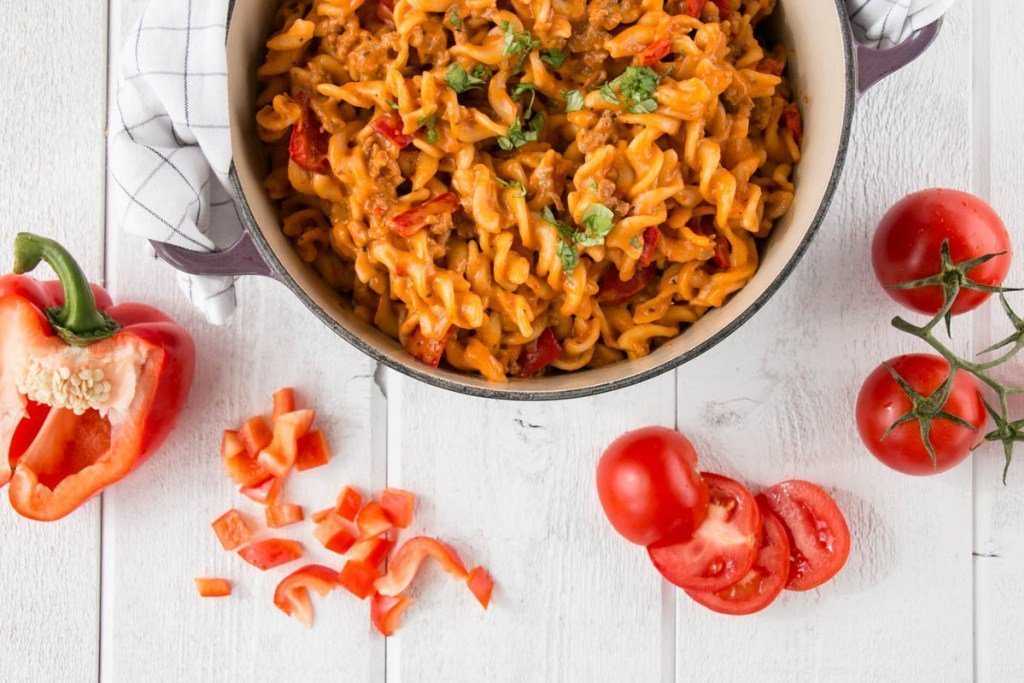BY: PHILIP DEWAR
For many of you, potlucks can be dreadful. If you’re not very skilled in the kitchen, often times resorting to a vegetable or fruit platter, or a box of doughnuts ends up being the only solution. For those of you who are culinarily inclined, some stale chocolate doughnuts aren’t exactly the highlight of the lunch table.
It doesn’t have to be so stressful! In fact, you can put together an amazing dish right in just 1 pot! A few ingredients, just a few minutes – can’t beat that! Today we’ll talk about a simple one-pot pasta dish. This goes especially well for a potluck, as you won’t often see other pasta dishes. Reason being, they can be difficult to execute and keep fresh and warm. Not only will you really look like you know what you’re doing, but you’ll spend half the time cooking!
This is the one-pot roasted red pepper pasta.
What you’ll want:
- 5 cups vegetable broth
- 1lb fettuccine
- 1 small onion, thinly sliced
- 4 cloves garlic, minced
- 1 jar roasted red pepper
- 1 can roasted diced tomatoes
- 1/2 tbsp dried basil
- 1/4 tsp chilli flakes
- salt and freshly ground black pepper
What you’ll want to do with it:
Again, the theme here is simplicity. In a large pot, sauté the onion and garlic until they become translucent. Add the red pepper sliced, diced tomatoes, broth, chilli flakes and some black pepper. Stir everything together for a minute or two to let the flavors begin to come together.
Break the fettuccine in half and add it to the pot. Make sure all the noodles are submerged for even cooking.
Pop a lid on top and crank it up to high. When it reaches a boil, take the lid off and give everything a stir, preferably with a pasta spoon, as to prevent the noodles from sticking together in a big clump. Pop the lid back on and turn it down to simmer.
Give everything a stir every couple of minutes for 10-12 minutes, ensuring nothing sticks to the bottom. Note: Try not to keep the lid off for too long, as a lot of steam and heat will escape and will end up messing with your cooking time. Once the pasta is tender, remove it from the heat. There is a chance the liquid will simmer off too quickly – if this is the case, simply add some more water and continue cooking.
This last step is optional and will depend on how you want the finished product. If you want a creamy, cheesy pasta you can add about 4oz of cream cheese and stir in until melted. Serve nice and hot!
If you’re planning to make this in advance, to reheat simply add some sauce, cover with foil and put in the oven for about 15 minutes.. this will bring everything back to life!

